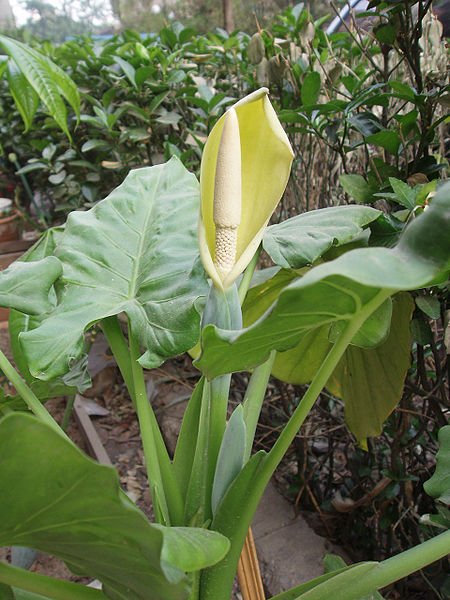|
TRANSLATIONS
The little 'clod of earth' (hatu)
and the united mass of people who are staying composed (manava hatu)
at winter solstice (at Te Piringa Aniva), are like the flotsam on the
sea after the deluge, gathering in the middle of the 'whirlpool'.
 |
e ariki tarupu ia
|
 |
ki to hatu huri |
Beyond One Tea
there are 25 = 5 * 5 glyphs to the end of the text, maybe they
represent the little 'clod of earth'?
|
One Tea |
 |
 |
 |
 |
 |
 |
|
Gb7-31 |
Gb8-1 |
Gb8-2 |
Gb8-3 |
Gb8-4 |
Gb8-5 |
|
420 |
421 |
422 |
423 |
424 |
425 |
 |
 |
 |
 |
 |
|
Gb8-6 |
Gb8-7 |
Gb8-8 |
Gb8-9 |
Gb8-10 |
 |
 |
 |
 |
 |
|
Gb8-11 |
Gb8-12 |
Gb8-13 |
Gb8-14 |
Gb8-15 |
 |
 |
 |
 |
 |
|
Gb8-16 |
Gb8-17 |
Gb8-18 |
Gb8-19 |
Gb8-20 |
 |
 |
 |
 |
 |
|
Gb8-21 |
Gb8-22 |
Gb8-23 |
Gb8-24 |
Gb8-25 |
 |
 |
 |
 |
 |
|
Gb8-26 |
Gb8-27 |
Gb8-28 |
Gb8-29 |
Gb8-30 |
At the end of the K
text there is also this 'square' ('earth') of 'fire', and the
first of the glyphs is a variant of honu which could be
alluding to tamaiti, while the very last one could be the
'little clod of earth':
 |
 |
 |
 |
 |
 |
19 |
 |
|
Kb4-14 |
Kb4-15 |
Kb4-16 |
Kb4-17 |
Kb4-18 |
Kb4-19 |
Kb5-20 |
|
167 |
25 |
If the same pattern is
used in Tahua, we should count 50 glyphs from the end
(presumably at Ab8-84):
 |
 |
 |
 |
 |
 |
 |
 |
|
Ab8-31--32 |
Ab8-33--34 |
Ab8-35--36
(18) |
Ab8-37--38 |
 |
 |
 |
 |
 |
 |
 |
 |
|
Ab8-39--40 |
Ab8-41--42 |
Ab8-43--44 (22) |
Ab8-45--46 |
Te
pito motu at Ab8-43 stands at the beginning of the 2nd half
of line b8. With 2 glyphs per day it means that 84 glyphs = 42 days, that line b8 corresponds to 6 weeks. 50
glyphs equals 25 days. Ab8-35--36 will be day number 18
in these 6 weeks. 17 + 25 = 42.
Haati at Ab8-37 is located at day 19 and te pito motu
at day 22, all in good rongorongo order. Niu with 10 'feathers'
stands at the beginning of next cycle.
Metoro said
ko te kape at Ab8-37:
| Kape
'Bitter-taro' (Alocasia macrorrhiza).
In 1957 kape was still cultivated in much the
same way as dry taro. It is a type of food to be eaten
during times of famine. According to Fuentes (1960:856),
the tubers had to be kept in the earth-oven for 15 (sic)
days in order to eliminate some of the poisonous
components. Barthel 2.
Arum, yam. Churchill. |
|

(Wikipedia) |
15 days will be enough
to push the sun past his 'stice'.
Listing the few
instances where kape was mentioned, reveals a connection
with the end of a cycle:
 |
 |
|
Ab2-54 |
Ab8-37 |
| e
kape tuu
ia |
ko te
kape |
 |
|
Ca5-20 |
| hakapekaga
mai |
 |
|
Eb6-18 |
| hakapeka
hia te |
A wordplay with
haka-peka seems to be involved, kape inversed becomes
peka:
|
Peka
Pekapeka, starfish. Vanaga.
1. 100,000 T. 2. A cross; pekapeka,
curly; pekapekavae, instep T. (? shoelaces.);
hakapeka, to cross; hakapekapeka, to
interlace, lattice. T Mgv.: peka, a cross,
athwart, across; pepeka, thick, only said of a
number of shoots or sprouts in a close bunch. Mq.:
peka, a cross, dense thicket. Ta.: pea, a
cross. Churchill. |
Peka could be
expressing the multitude coming after crossing over from the
side of starvation, when kape has to be eaten. The new
flow is maybe seen at right in Eb6-18, in the rima aueue
sign, similar to a haati sign, but with a reversed
'knee'.
|
Ue
Uéué, to move
about, to flutter; he-uéué te kahu i te tokerau,
the clothes flutter in the wind; poki oho ta'e uéué,
obedient child. Vanaga.
1. Alas. Mq.:
ue, to groan.
2. To beg (ui).
Ueue: 1. To
shake (eueue);
kirikiri ueue,
stone for sling. PS Pau.:
ueue, to shake the head. Mq.:
kaueue, to
shake. Ta.: ue,
id. Sa.: lue,
to shake, To.: ue'í,
to shake, to move;
luelue, to move, to roll as a vessel in a
calm. Niuē: luelue,
to quake, to shake. Uvea: uei, to shake; ueue,
to move. Viti: ue, to move in a confused or
tumultous manner. 2. To lace. Churchill. |
|






















